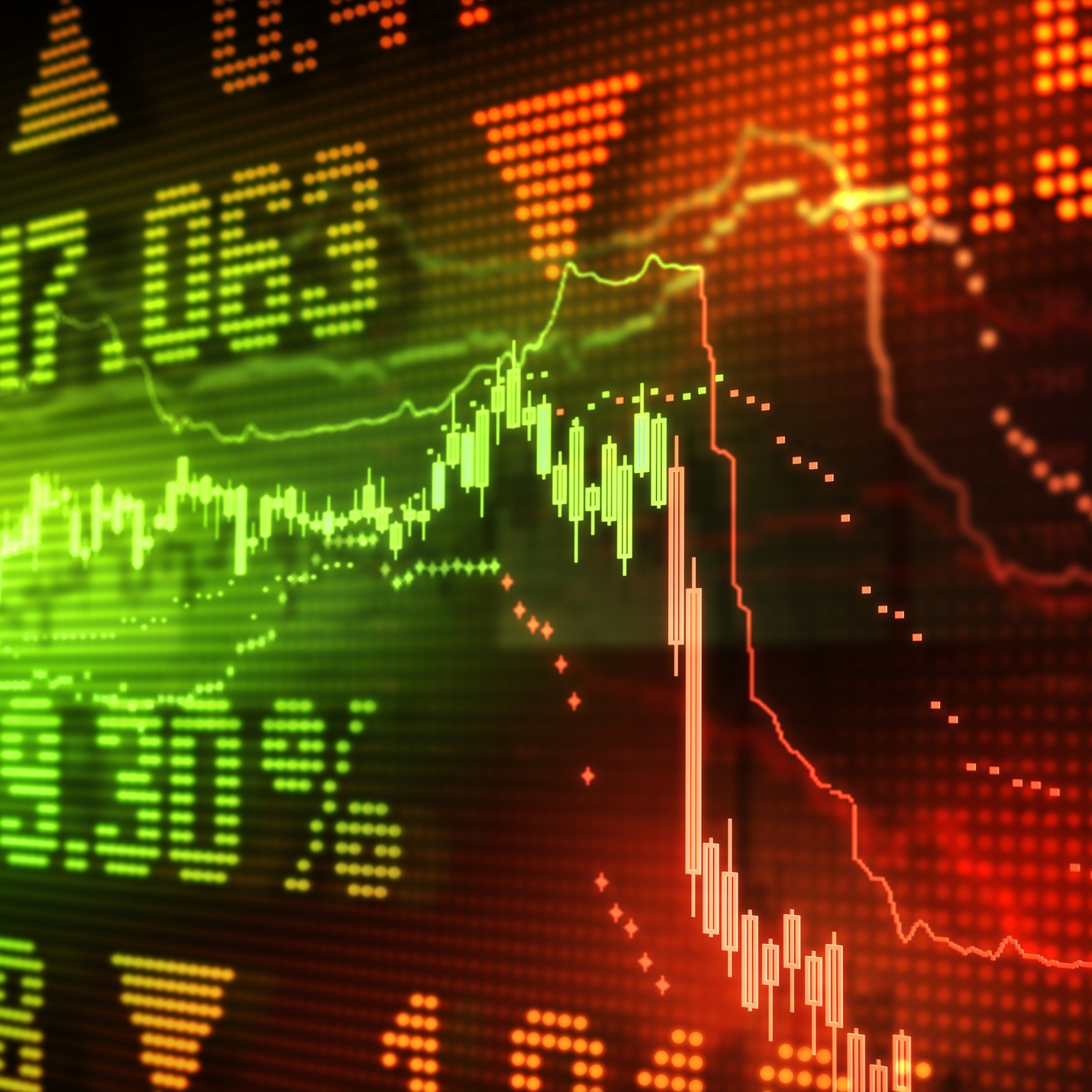
Traders are on edge for market open today. It’s for good reason. The S&P 500 is down 5.3% in the past two days, the past two days happened to be a Thursday/Friday, and we are within seven points (0.25%) of a scary closing bottom established on February 8, during one of the wildest swings in the Volatility Index (VIX) on record.
There could be a flood of sell stops just below 2,581 on the S&P. It would be a double bottom if successfully tested, and it marks the 10% correction zone from the all-time highs of 2,872.87. The fact that the 10% correction mark lines up with what would be a double bottom is no coincidence. Technical traders pick these zones intentionally to reestablish positions for buying the dip. Anything beyond 10% and we start to question if indeed we are in a real bear market. Buying the dip then turns into selling the rally.
Come market open, that 2,581 zone will be watched by day traders, trend followers and institutional and retail investors alike. But here’s the troubling question. Why is this happening specifically now? March is not typically a time for the start of a new bear market. Those are typically confirmed in August/September.
Since 1950 the average return on the S&P in March has been 1.11%, the fourth highest of any month. In February, when the current correction started, it’s been breakeven. August and September have been the real months for downside action, August averaging a −0.27% return and September −0.64%. These may seem like small numbers, but considering how much higher the index has catapulted since 1950, a negative number means that there have been severe declines in those months, much less so in March. In fact, September is the only month with more down years than up years.
So why now? Analysts can come up with any number of answers to this question, depending on their preferred indicators. That said, there is one thing different this March than in any March since at least 1999. The money supply is already stagnating, growing at an anemic 2.6% rate annually on a seasonally adjusted basis. See the latest Money Stock Measures report from the Federal Reserve. This is the lowest rate for this time of year in the past 19 years, as far back as the Fed has records on its website. This includes 2008.
The Fed creates money to reverse economic and stock market declines for a reason. Money creation has nearly stopped already, and stocks could respond decidedly negatively soon. October 1987 could come early this year.
But that’s not even the most worrisome part of this. The trough for this key monetary growth rate typically comes in August/September, historically the weakest months for stocks. Meaning, we still have a way to fall monetarily. We could have a particularly rough summer this year if we are already on the decline now, both in terms of monetary growth in general and equities levels as a result.
But stock prices may be the least of our problems. With annual record deficits topping $1 trillion in a best-case scenario and a trade war brewing between the United States and China, the U.S. dollar index (NYSEARCA: UUP) is under increasing pressure and inflation looks like it is returning. If a new bear market in the coming months inspires the Fed to reverse its rate hike trajectory and restart quantitative easing — something very few are predicting or even talking about — the dollar could take a beating and the inflation that has been creeping up could take a big leap forward.
It’s Your Money, Your Future—Own It (sponsor)
Are you ahead, or behind on retirement? For families with more than $500,000 saved for retirement, finding a financial advisor who puts your interest first can be the difference, and today it’s easier than ever. SmartAsset’s free tool matches you with up to three fiduciary financial advisors who serve your area in minutes. Each advisor has been carefully vetted and must act in your best interests. Start your search now.
If you’ve saved and built a substantial nest egg for you and your family, don’t delay; get started right here and help your retirement dreams become a retirement reality.
Thank you for reading! Have some feedback for us?
Contact the 24/7 Wall St. editorial team.
 24/7 Wall St.
24/7 Wall St.

